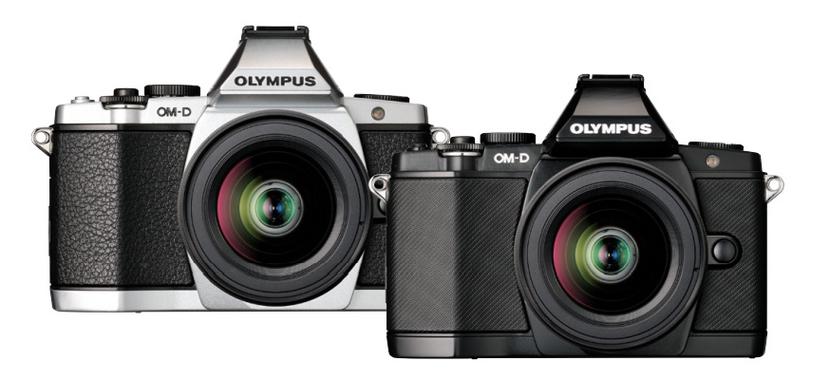Olympus OM-D E-M10 vs Sony A6000: A Detailed Comparison
When it comes to choosing a camera, the decision can be quite overwhelming, especially when you’re considering two popular models like the Olympus OM-D E-M10 and the Sony A6000. Both cameras have their unique features and strengths, making it essential to compare them in various aspects to determine which one suits your needs better. In this article, we will delve into a comprehensive comparison of these two cameras, covering their design, sensor performance, autofocus, video capabilities, and overall build quality.
Design and Build Quality
The Olympus OM-D E-M10 boasts a classic rangefinder-style design, which is reminiscent of classic film cameras. It features a compact and lightweight body, making it an excellent choice for travel photography. The camera is constructed with magnesium alloy, ensuring durability and resistance to corrosion. On the other hand, the Sony A6000 has a sleek and modern design, with a focus on ergonomics and ease of use. It is also made of magnesium alloy, providing a robust build quality.

| Camera | Design | Build Quality |
|---|---|---|
| Olympus OM-D E-M10 | Classic rangefinder-style | Magnesium alloy |
| Sony A6000 | Sleek and modern | Magnesium alloy |
Sensor Performance
The Olympus OM-D E-M10 is equipped with a 16.1-megapixel Live MOS sensor, which offers excellent image quality, especially in low-light conditions. The sensor features a 5-axis image stabilization system, which helps reduce camera shake and produce sharp images. The Sony A6000, on the other hand, features a 24.3-megapixel Exmor APS-C HD sensor, which provides exceptional detail and dynamic range. Both cameras offer excellent sensor performance, but the Sony A6000 has a slight edge in terms of resolution and dynamic range.
Autofocus
The Olympus OM-D E-M10 utilizes a contrast-detection autofocus system, which is quite fast and accurate. It features 81 autofocus points, ensuring quick focus acquisition. The Sony A6000, however, employs a phase-detection autofocus system, which is generally faster and more reliable than contrast-detection. The A6000 offers 179 phase-detection points, which cover a larger area of the sensor, resulting in faster and more precise autofocus performance.
Video Capabilities
Both the Olympus OM-D E-M10 and the Sony A6000 offer excellent video capabilities. The OM-D E-M10 can record Full HD video at 30p, 24p, and 60i frame rates, with a built-in microphone. The A6000, on the other hand, can record Full HD video at 60p, 30p, and 24p frame rates, with a built-in stereo microphone. Additionally, the A6000 offers a clean HDMI output, which is beneficial for professional video work.
Overall Build Quality
Both cameras have a robust build quality, with magnesium alloy bodies and weather-sealed designs. The Olympus OM-D E-M10 is slightly smaller and lighter, making it more portable. The Sony A6000, however, offers a more comfortable grip and a larger battery life, which is beneficial for extended shooting sessions.
Conclusion
In conclusion, the Olympus OM-D E-M10 and the Sony A6000 are both excellent cameras with their own unique strengths. The OM-D E-M10 is an excellent choice for those who prefer a classic design and compact size, while the Sony A6000 is ideal for those who prioritize autofocus performance and video capabilities. Ultimately, the decision between these two cameras will depend on your specific needs and preferences.



